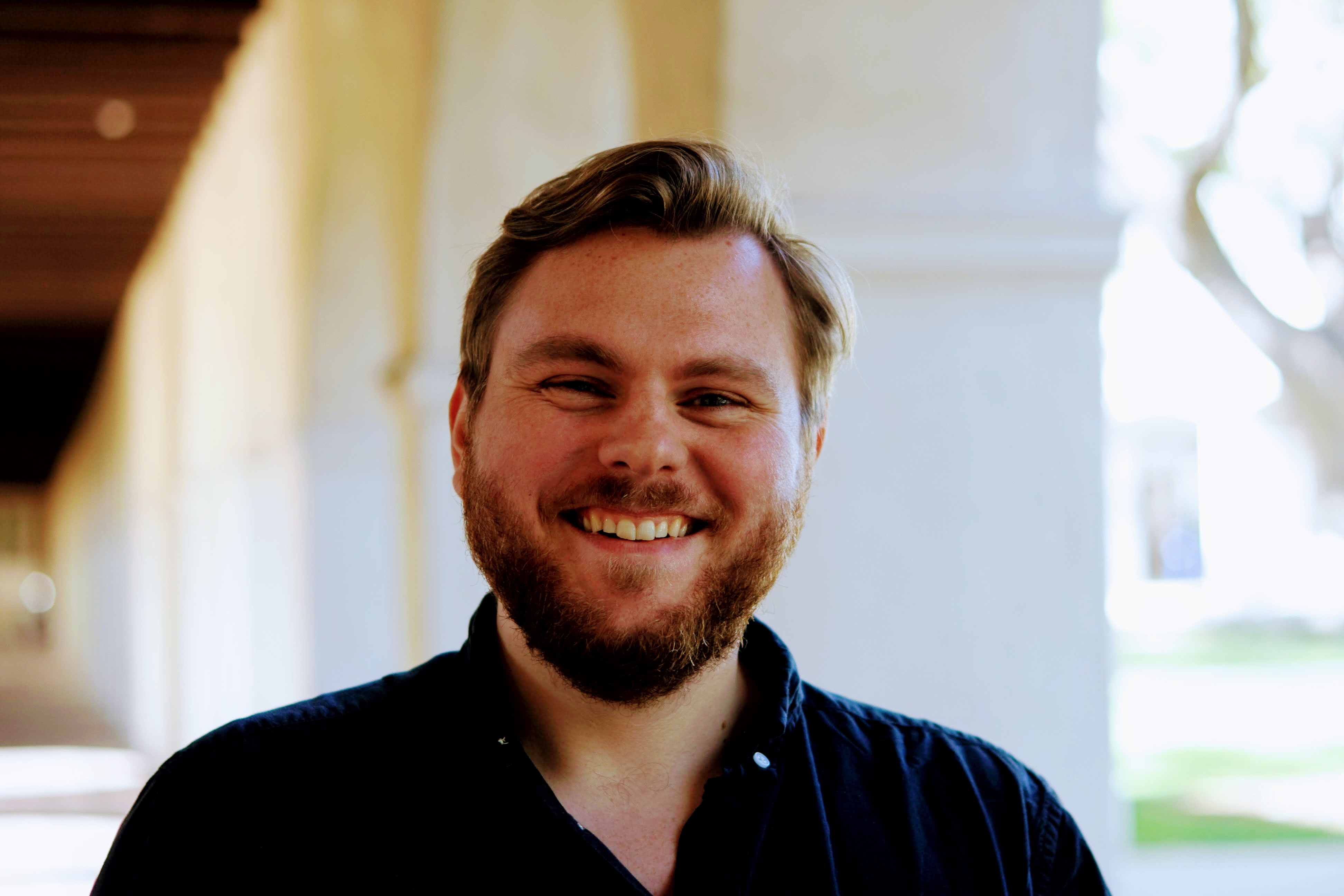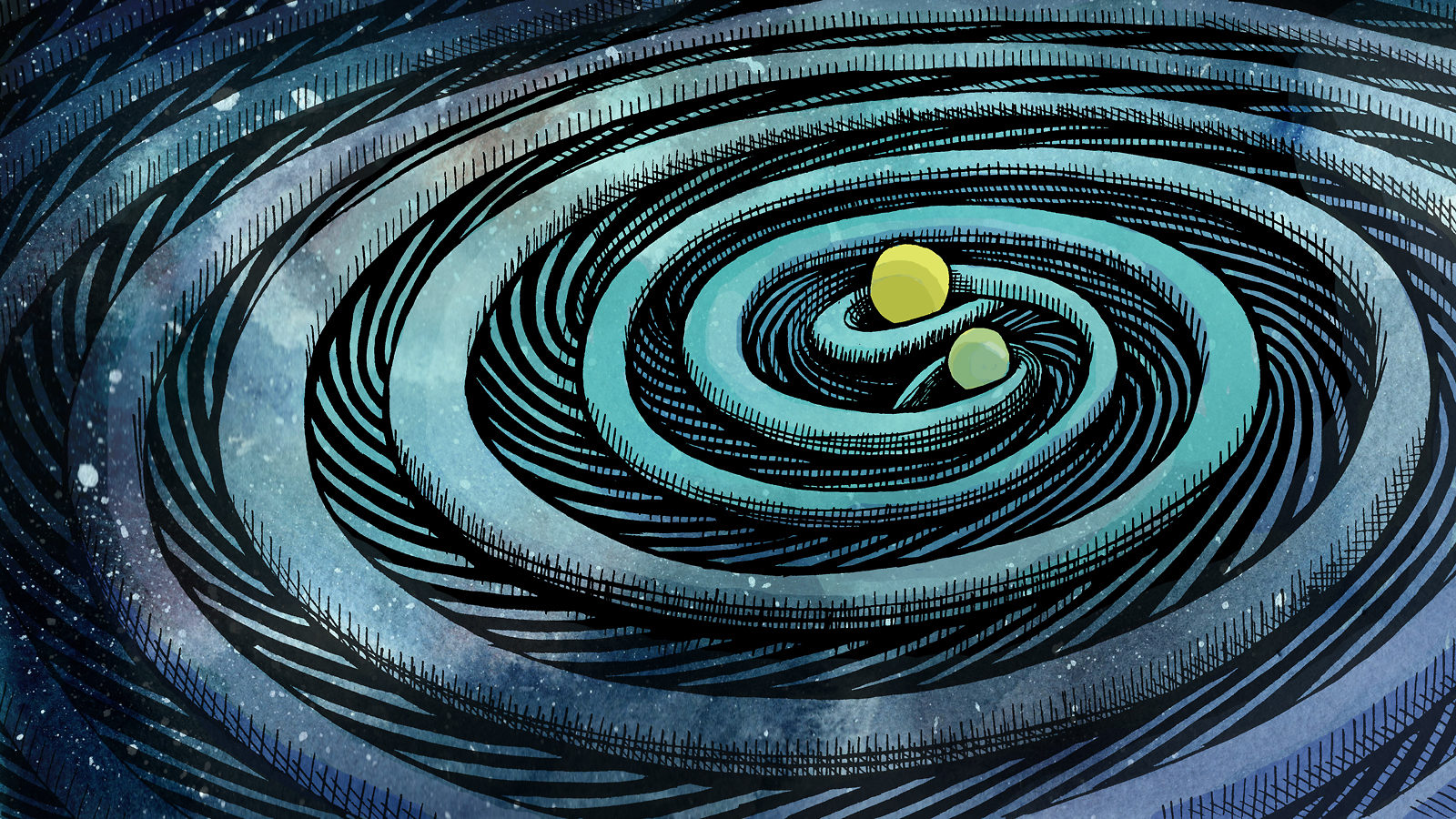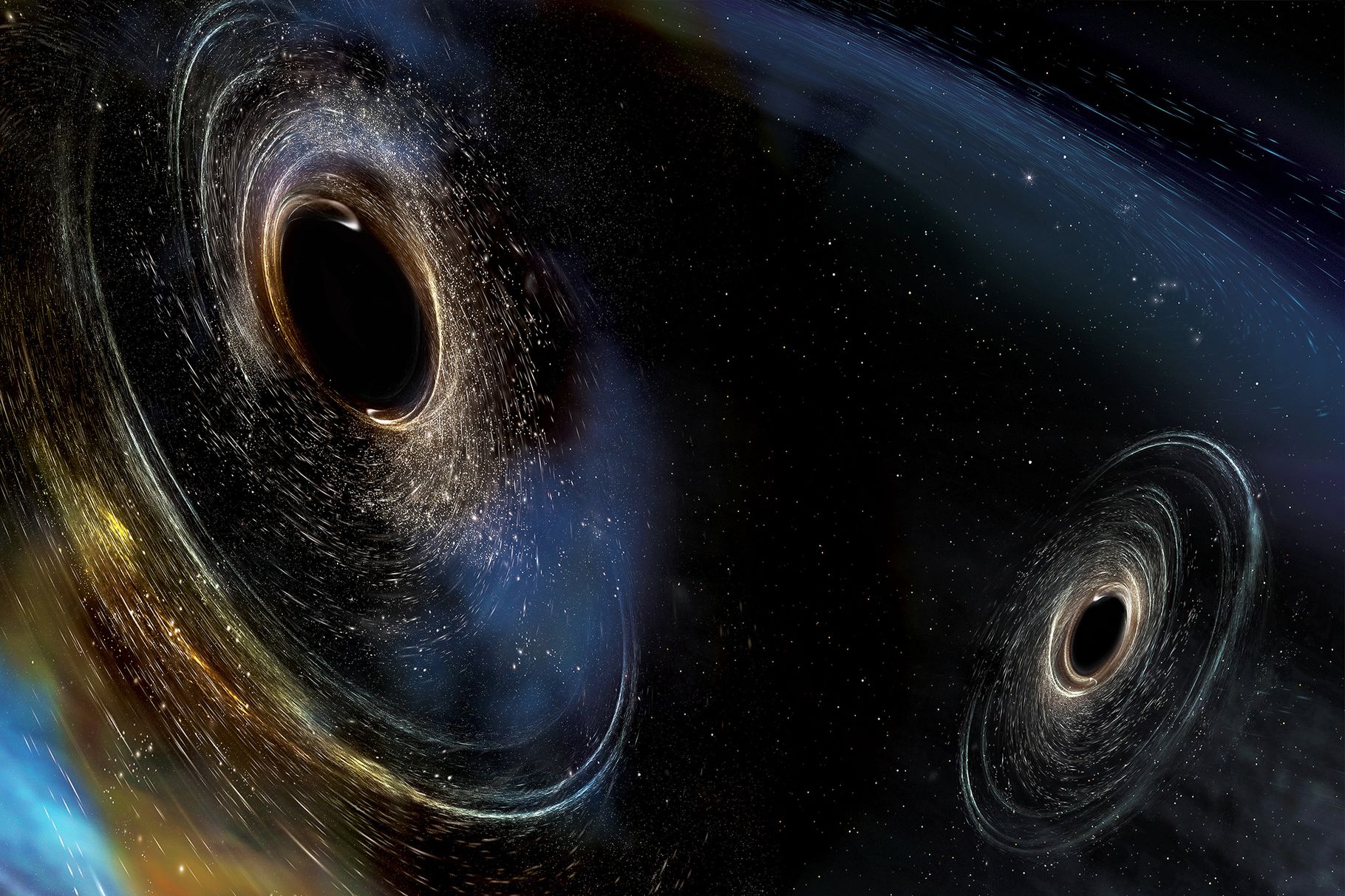Dr Stephen R Taylor
Assistant Professor at Vanderbilt University
Gravitational Wave Astrophysicist
Chair, NANOGrav Collaboration


The new frontier of astrophysics
The highly relativistic dynamics of systems of massive compact
objects like neutron stars and black holes can create ripples in
the fabric of spacetime. These ripples are gravitational waves, a
prediction of Einstein's 1915 General Theory of Relativity. A
prediction that is now fact.
Gravitational waves are a window onto the warped side of the Universe,
allowing us to glimpse Black Holes and test fundamental physics.
The orbital decay of the binary pulsar B1913+16 was the first evidence for gravitational radiation. Almost a quarter of a century later, Kip Thorne, Rai Weiss, and Barry Barish won the Nobel Prize for their work on LIGO (the Laser Interferometer Gravitational Wave Observatory), which made its first detection of a binary black hole merger in 2015. Announced on June 29, 2023, NANOGrav and other pulsar timing array collaborations found exciting evidence for a cosmic background of nanohertz-frequency gravitational waves. I had the honor of announcing this news at National Science Foundation headquarters.

Titans of Relativistic physics
These black holes are formed in the cataclysmic merger of galaxies. My research is shedding new light on the properties, environments, and histories of massive black hole mergers. Observing these needs a gravitational-wave detector in space (LISA, the Laser Interferometer Space Antenna, circa 2034), or (for the truly supermassive ones) a network of pulsars spread throughout the Milky Way that can be timed to extraordinary precision (a PTA, Pulsar Timing Array, online now!).

Hacking the Milky Way to forge a nanohertz gravitational wave detector
Some pulsars spin as fast as a kitchen blender, whipping beams of radiation into our line of sight to be detected in our radio telescopes as a "pulse". These cosmic lighthouses are incredibly stable. By tracking timing deviations, we haved searched, and found evidence for, the fingerprint of nanohertz gravitational waves that distort spacetime between the pulsar and the Earth. These timing deviations are correlated across all pulsars in the Milky Way, allowing us to sit at the center of a vast detector web. I chaired NANOGrav's gravitational-wave detection working group for several years. More recently, I co-led the analysis campaign that found first evidence for nanohertz-frequency gravitational waves. At the beginning of 2023, I was elected as Chair of NANOGrav, and made the announcement of our evidence alongside several colleagues, as well as Kip Thorne and Jocelyn Bell-Burnell.
My academic path, interests, metrics, and publications
MPhys Physics [1st Class] (2010)
Jesus College, University of Oxford
PhD Astronomy (2014)
Institute of Astronomy, University of Cambridge
NASA Jet Propulsion Laboratory (2014-2017)
California Institute of Technology (2017-2019)
>7800 citations, h-index=43, i10-index=72
Chair, Collaboration
Co-Lead, NANOGrav's GW Evidence Paper